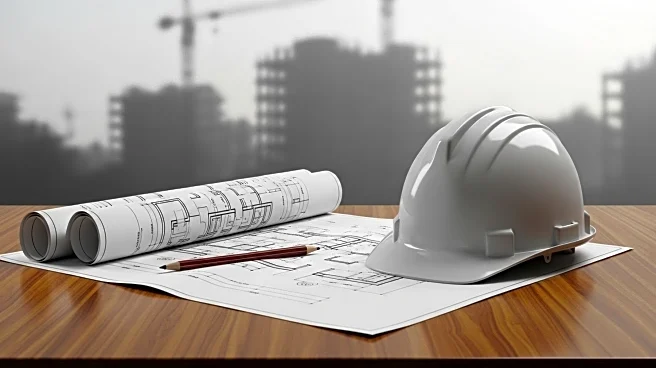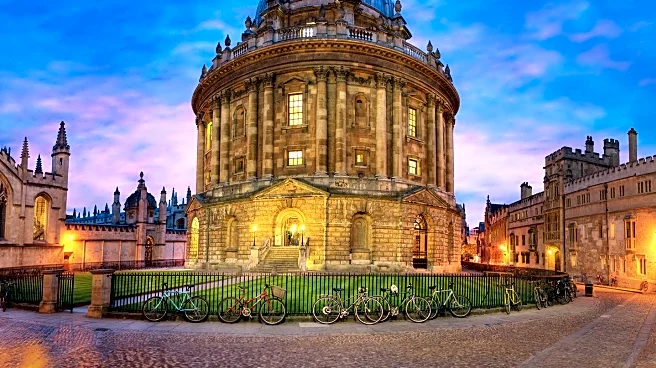What's Happening?
London has undergone significant regeneration, transforming areas like Coal Drops Yard and Granary Square from industrial wastelands into bustling commercial centers. Historically, these sites were integral to London's industrial growth, serving as key locations for coal distribution. Over time, they fell into disrepair, becoming areas associated with crime and neglect. Today, these locations have been revitalized, showcasing modern architecture and vibrant community spaces. The regeneration efforts extend to other parts of London, such as the Docklands and Battersea Power Station, which have been repurposed into residential and commercial areas, reflecting a blend of historical significance and contemporary urban development.
Why It's Important?
The regeneration of London's industrial sites is crucial for urban development, providing economic opportunities and enhancing the city's appeal as a global destination. These transformations support local economies by attracting businesses and tourism, while also preserving historical elements. The shift from industrial use to modern commercial and residential spaces reflects broader trends in urban planning, emphasizing sustainability and community engagement. This regeneration not only revitalizes neglected areas but also contributes to London's cultural and economic landscape, offering new spaces for social interaction and business growth.
What's Next?
Continued investment in regeneration projects is expected to further enhance London's urban landscape. Future developments may focus on integrating more green spaces and sustainable practices, aligning with global trends in urban planning. Stakeholders, including local government and private investors, are likely to explore additional opportunities for transforming other underutilized areas. As these projects progress, they may influence similar initiatives in other cities, setting a precedent for urban renewal and sustainable development.
Beyond the Headlines
The regeneration of London's industrial sites raises questions about the balance between preserving historical heritage and accommodating modern needs. Ethical considerations include ensuring that redevelopment projects benefit local communities and do not lead to gentrification. Long-term, these efforts may redefine urban living, promoting a model that values historical preservation alongside contemporary innovation.










